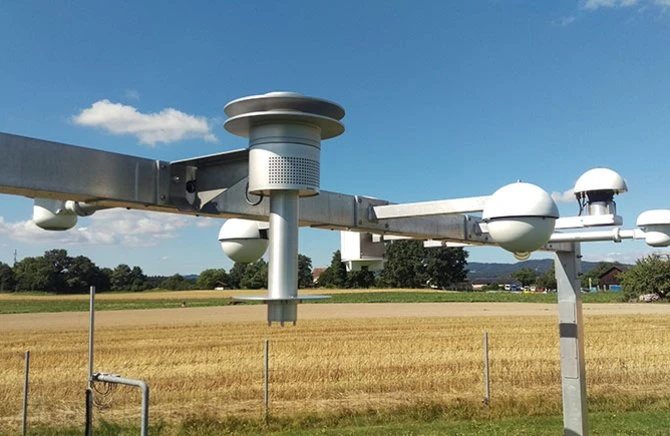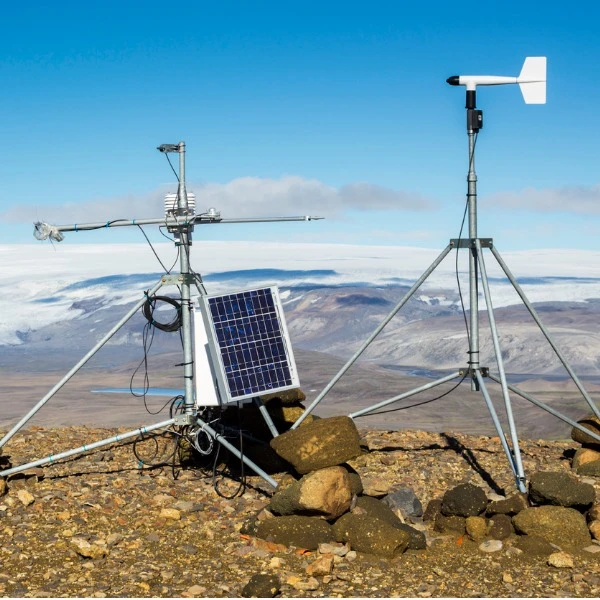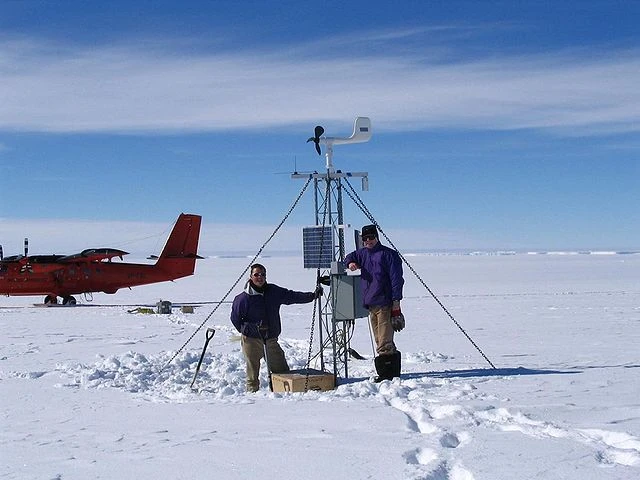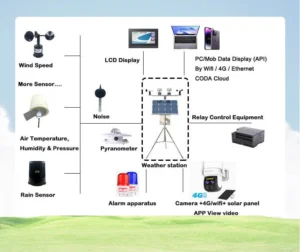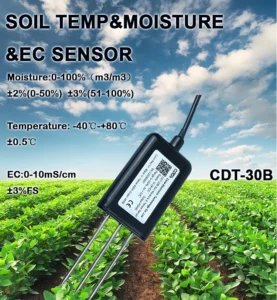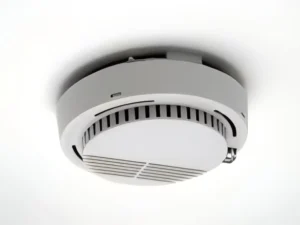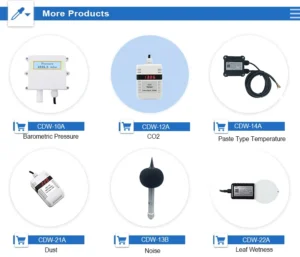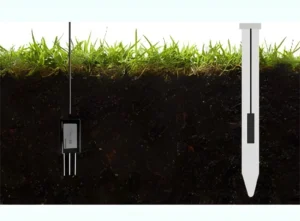What is the duration of sunbeam weather station operational life?
Sunbeam weather stations track weather and environmental data in real-time. They gather information with different sensors and tools. This helps us predict the weather, study the climate, and watch the environment.
The data collected includes many weather factors. These are temperature, humidity, wind speed, wind direction, and rainfall. It also includes environmental measures such as soil moisture, evaporation, and radiation.
You can sort weather stations into different types based on what they do and how they are set up. These include portable weather stations, high-accuracy weather stations, and highway weather stations. Each type serves different needs and situations. How can we learn about how a weather station works over time?
There is no set standard for how long a weather station should last. Many factors affect how long a weather station works. These factors include how well it is built and the materials that are used.
The conditions for installation are important too. Regular maintenance is important too, as well as how often someone uses it. Here are some basic guidelines.
Factors influencing durability:
1.Equipment quality:
The quality of equipment in a weather station matters a lot. This includes sensors, data collectors, and power supply systems. Good equipment keeps the station stable and makes it last longer. Good equipment and parts usually last longer and work better.
2.Installation environment:
Weather stations in severe weather, like extreme temperatures, strong winds, heavy rain, or salt spray, may not last as long. This is especially true when we compare it to stations in warmer places.
3. Maintenance:
Regular care, like cleaning, checking, and changing worn parts, can greatly extend the life of a weather station.
4. Usage:
If you use something all the time and don’t take care of it, it will wear out fast.
General Lifespan Range
– Consumer Grade Weather Stations: Typically last around 5-10 years. These models are often cheaper. They are for personal use or light work.
– Professional Grade Weather Stations: These can endure for 10 to 20 years or longer. They are good models used by weather agencies, schools, and research groups.
– Research Grade Weather Stations: These can last more than 20 years. This is true if you take good care of them and use them in a mild environment.
Maintenance and Replacement Considerations.
– Sensors: Individual sensors may need to be replaced from time to time. This is especially true if they wear out or get damaged.
– Batteries: In places without power or in remote areas, battery life is very important. This means batteries need to be replaced regularly.
– Electronics: Electronic parts, like circuit boards and displays, can wear out over time. This happens because of heat, moisture, and corrosion.
– Structural Components: Enclosures, brackets, and other parts should be strong. However, they may need replacement due to wear or damage.
Regular maintenance is important for how long your weather station lasts. This means checking the setup, securing power connections, cleaning surfaces, and often calibrating the sensors. Finding and fixing problems early helps stop big failures. This also keeps things running longer.
Financial and Policy Support:
Weather stations need funds to run and keep them working. Not having enough funding can lead to problems. This can lead to delays in maintenance and quicker wear on equipment.
This can make these stations last for a shorter time. Support from the government and related organizations is important for the long life of weather stations. This includes money help and technical support.
Human element:
Wrong handling, misuse, or intentional damage can harm the lifespan of weather stations. To keep weather stations working well, we need to improve staff training, standardize operations, and increase safety checks.
Advancements in technology and updates:
As science and technology improve, we are finding new ways to observe the weather and create new tools. To keep weather data accurate and reliable, weather stations may need to update their equipment from time to time.
In conclusion, how long a weather station lasts is a complex issue. It is affected by many factors. A good weather station can last for many years if used in the right conditions.
Nonetheless, in reality, the lifespan of a weather station can differ due to numerous factors. To ensure that weather stations work well over time, we must think about several factors. These factors include the quality of the equipment, how users operate it, its maintenance, and new technology. It is important to take the right steps to extend their lifespan.
